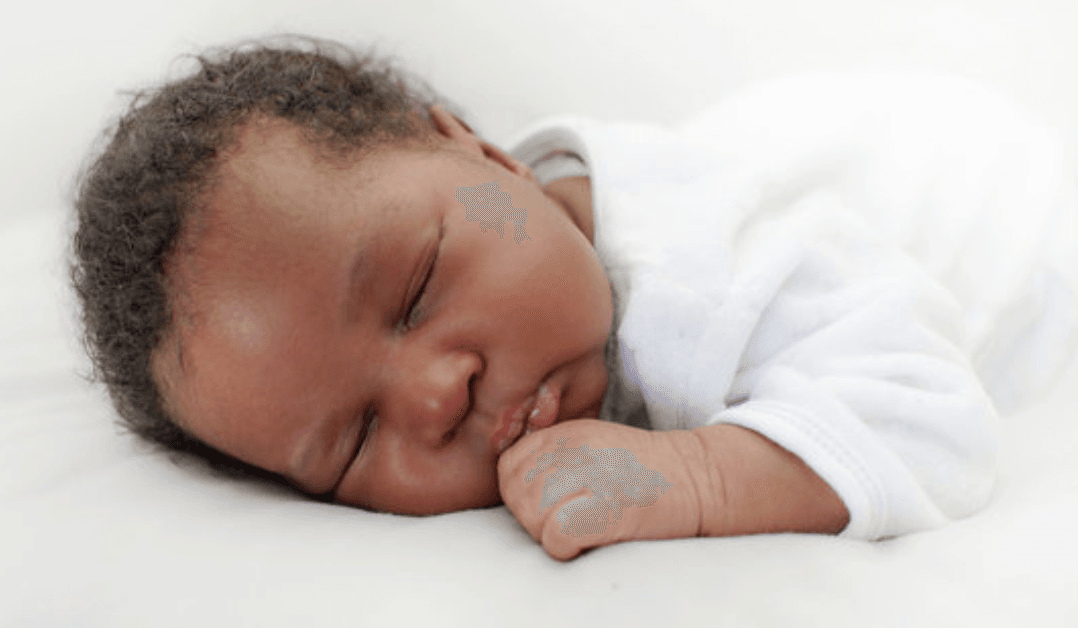[ad_1]
A baby has been born using three people’s DNA for the first time in Britain.
Most of the child’s DNA came from their two parents, but about 0.1 per cent was from a third person, another woman.
The Human Fertilisation and Embryology Authority (HFEA) said “less than five” babies have been born in the UK this way, but no further details have been released to protect their identity.”
The scientific technique is designed to prevent children from being born with devastating mitochondrial diseases.
These are long-term, genetic and often inherited disorders that occur when mitochondria fail to produce energy for cells in the body.
These illnesses can be severe and often fatal.
In children, symptoms can include poor growth, muscle tone, weakness, failure to thrive, spasms and a slow-down in progress or slow deterioration.
Some families have lost several children to inherited mitochondrial diseases, and the new technique, mitochondrial donation treatment, is a modified form of IVF.
This is seen as their only chance of having a healthy child.
The DNA from the second woman only affects the mitochondria and does not affect other vital traits in the child, such as appearance.
The Guardian first reported the latest findings following a freedom of information request.
Britain became the first country in the world to formally allow mitochondrial replacement therapy (MRT) when the HFEA gave a cautious green light to the procedure in 2017.
In 2018, fertility doctors at the Newcastle Fertility Centre at Life were permitted by HFEA to give two women the treatment.
Peter Thompson, chief executive of the HFEA, said: “Mitochondrial donation treatment offers families with severe inherited mitochondrial illness the possibility of a healthy child.
He added, “The UK was the first country in the world to allow mitochondrial donation treatment within a regulatory environment.”
Sarah Norcross, director of the Progress Education Trust, said UK laws relating to the treatment were “passed only after many years of careful research, assessment and deliberation.”
She added, “Even then, it was decided that the use of this technology will be permitted by the regulator only on a case-by-case basis. This measured approach was and is appropriate, given the relative novelty of this technology.”
(dpa/NAN)
[ad_2]
Source link



